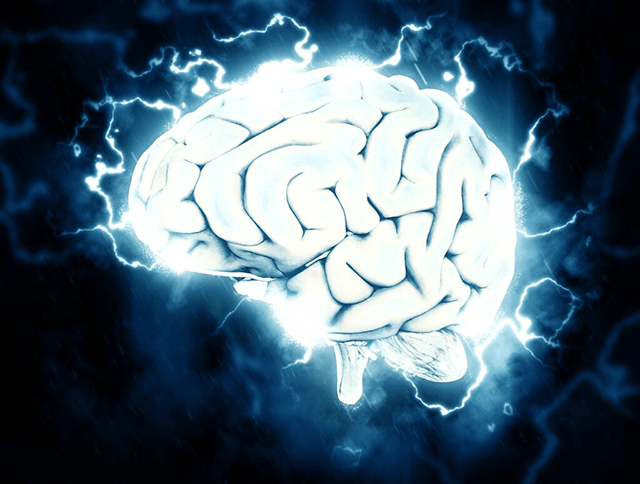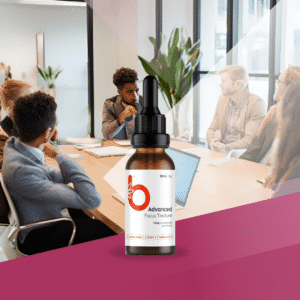
National Cleft and Craniofacial Awareness & Prevention Month
Mid-Month HC & GN Updates from Nurse Sherri July marks National Cleft and Craniofacial Awareness and Prevention Month. Children with cleft lip, palate, or other

Happy August, and where is the summer going? Time is going by like a flash of light – like the light that can trigger headaches for those who suffer from migraines. Chronic headaches plague about 40 million Americans, affecting mostly women. These reoccurring bouts of pulsing or throbbing pain are often accompanied by nausea, light and noise sensitivity, and can last for days. Frequency can run from one every few months to 20 days every month. People with severe migraines may become unable to work and satisfy normal activities of daily living.
Genetics and environmental factors may alter neurotransmitters like serotonin, and the reactivity of the cranial nerves. Hormonal imbalances can be the primary cause of migraines during times of menstruation, ovulation, and menopause. Dietary intake of wine, caffeine, cheese, processed foods, and skipping meals can trigger attacks. Stress, physical exertion, sleep disruption, weather changes, and bright lights or noises can all be to blame. Migraine sufferers should keep a journal to track their triggers so cause and effect can be studied, and triggers eliminated.
Treatment of migraine can include medications like Motrin, Tylenol, or Triptans like Imitrex – which coincidentally can cause rebound headaches. Elavil, an older antidepressant may help preventatively. Acupuncture is favored by many, and some opt for facial Botox injections to manage frequency. Improving gut health can help as there is a correlation between headaches and GERD, IBS. The goal of any treatment is to reduce the severity and frequency of headaches.
A functional medicine view will search for the root causes, and contributing roles of nutrient deficiencies, neurotransmitter stimulation, poor cellular metabolism, and food sensitivities. Medications like SSRIs can cause headaches and patients can get a diagnosis of migraine after they begin treatment for conditions like depression. Taking pain medications, opiates, Tylenol, codeine, Aspirin, Motrin, and sleeping pills cause headaches too.
Endocannabinoid deficiency syndrome is a term coined by Ethan Russo, MD, and may play a factor in migraine, IBS, and fibromyalgia. The underlying ECS tone is poor for many, leading the body unable to achieve homeostatic balancing back to health. Research subjects with migraines have lower levels of Anandamide in cerebrospinal fluid, which gives an objective view to the observational reports of symptom reduction when using phytocannabinoids.
There are clinical trials currently enrolling at UCSD studying CBD, THC, CBD:THC, and placebo in controlled sessions using portable vaporizers. UCSD is an approved government partner researching many indications of cannabis therapeutics.
People with migraines aren’t waiting for definitive answers. 30% of sufferers have tried cannabis for their headaches, with 82% saying it helped in the 9,885 surveyed. Inhaled THC reduced pain by 50% in a 2019 Journal of Pain report, and another 2019 study in the Journal of Neurology found headache frequency was reduced by 55% in over half of the patients, with secondary gains reported in sleep, mood, and anxiety scores.
If patients have an underlying deficiency of Anandamide, it makes sense to restore that balance. We can do that through supplementation of exogenous phytocannabinoids by using
CBD, THC, and other plant compounds, just like you would take Vitamin D if you were deficient in that vital nutrient. Taking CBD helps the body keep more of the Anandamide it produces available, and we’ve been doing so since ancient times. Russo beautifully portrays early uses of cannabis for migraines in his article Hemp for Headaches.
The goal is to reduce the frequency and severity of the headaches to improve quality of life and functioning. We can do that flexibly and safely with this plant, but patients must experiment with what works for them most predictably. Inhalation grants the fastest relief of symptoms and should be used at the onset of symptoms or aura.
Vaping THC directly activates CB1 receptors in the central nervous system, reducing pain and balancing the underlying neurochemistry. Whole plant formulations of botanical CBD oil taken routinely via tincture may work preventively by keeping a better ECS tone and activating serotonin production, calming anxiety, and nausea. Topicals can be applied to the forehead, temples, and neck to absorb CBD and THC into the skin lessening tightness and inflammation.
We look forward to the day we know all the specific mechanisms of action for these plant compounds. In the meantime, many patients who opt into cannabis find they can significantly reduce the other pharmaceuticals they take like pain medications and the expensive triptans that often cause rebound headaches. For those who want a natural approach, there is the added benefit of being able to self-titrate dosing, leading to empowerment over defeat.
Please visit our Network platform and review our new programs and opportunities for learning and healing with Holistic Caring. We have been growing and will have more announcements soon!
****Our 50% off Savings Continues! Use Code FLAG50 at Checkout!****
In health,
Elisabeth Mack, RN, BSN, MBA

Mid-Month HC & GN Updates from Nurse Sherri July marks National Cleft and Craniofacial Awareness and Prevention Month. Children with cleft lip, palate, or other

Many individuals have expressed the opinion that there is a notable lack of research in the field of cannabis therapeutics, and we are inclined to

Let’s honor the past and continue advocating for a better future. The movement for medical cannabis, an instrumental part of modern healthcare, has a
Holistic Caring® is an umbrella of progressive health professionals who provide products & services to support and nourish the endocannabinoid system.
We serve the plant, the people and the planet for hope and inspiration for growth and healing to the patients we serve and the practitioners we work with.
We provide Educational Programs & Nurse Coaching Services.
Contact
© 2024 All rights reserved – Content Agreement – Privacy Policy – Terms – Accessibility Statement–Returns/Shipping/Cancellation
